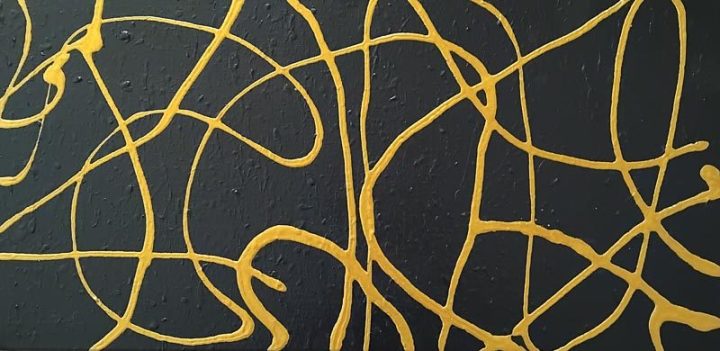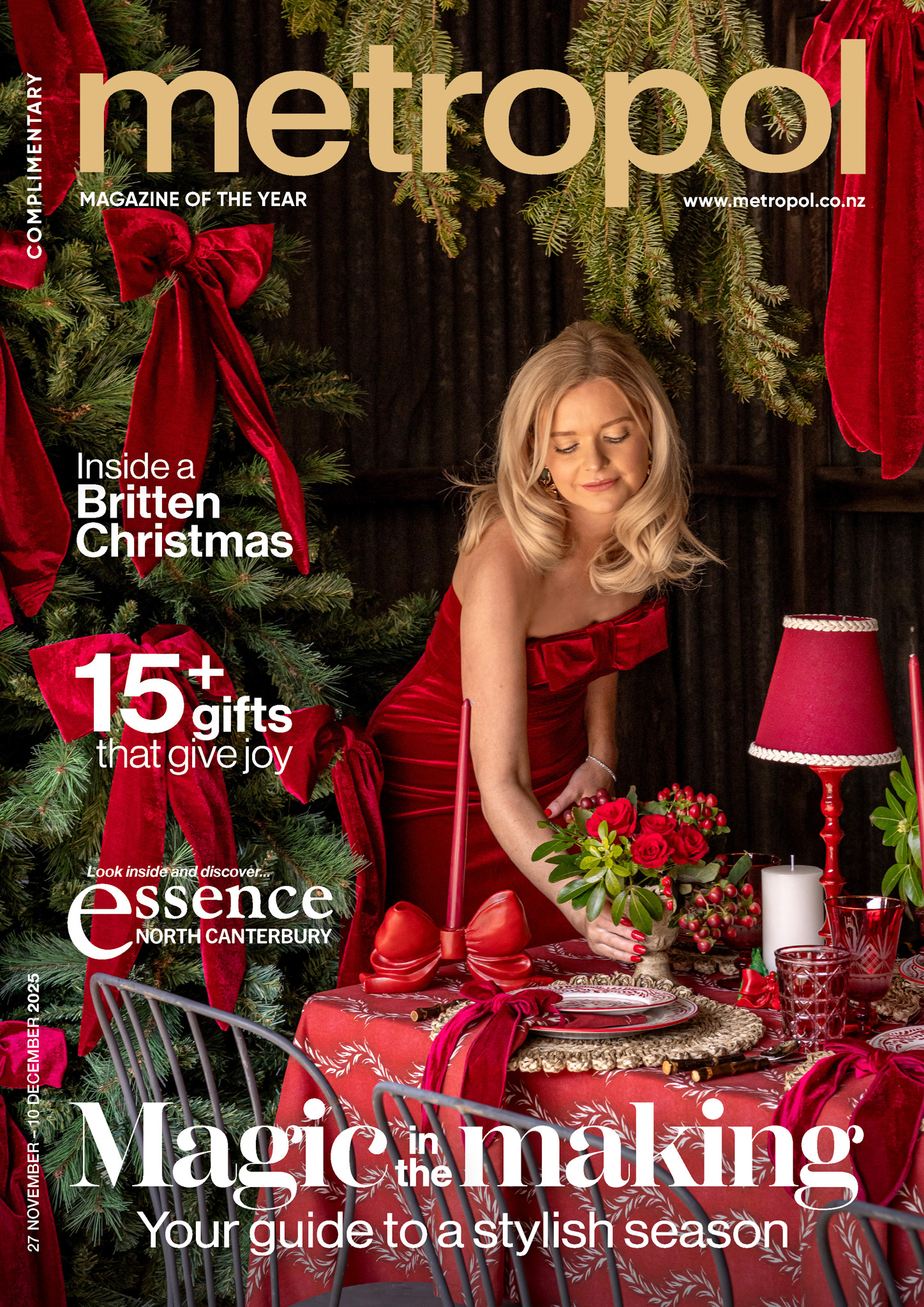
Kintsugi Muse
The latest series by emerging artist Cosette Calder, “encapsulates the perfectly imperfect and finds beauty in the broken,” she says.
Ōtautahi-based artist Cosette finds inspiration from a 400-year-old Japanese art form known as Kintsugi. It means to “join with gold.” This ancient art form is a method of repairing objects, usually ceramic pottery or glass. Traditionally, lacquer dusted with powdered gold, silver, or platinum is used to piece the shards back together, creating a more beautiful object through breaking and repair. Every break is unique, and sometimes, in the process of repairing things that have broken, an object is transformed into something more beautiful and resilient.
Historians believe Kintsugi dates back to the late 15th century. According to legend, the art began when Japanese shogun Ashikaga Yoshimasa sent a cracked tea bowl back to China for repairs. Upon its return, Yoshimasa was dismayed that it had been mended with unsightly metal staples. This motivated local artisans to find an aesthetically pleasing method of repair and Kintsugi was born.
Kintsugi isn’t just a technique for fixing broken ceramics; it’s a metaphor for life, healing, and resilience.
This emerging artist is on trend with her latest series Kintsugi Muse, showcasing this beautiful art form in acrylic on canvas in abstract form. The beautiful, delicate, golden seams weave their magic on a black or white textured background. Cosette believes the inspiration for the Kintsugi theme is endless. “There is so much more to discover and experiment with.”
Cosette is represented by Chambers Art Gallery in Christchurch.



